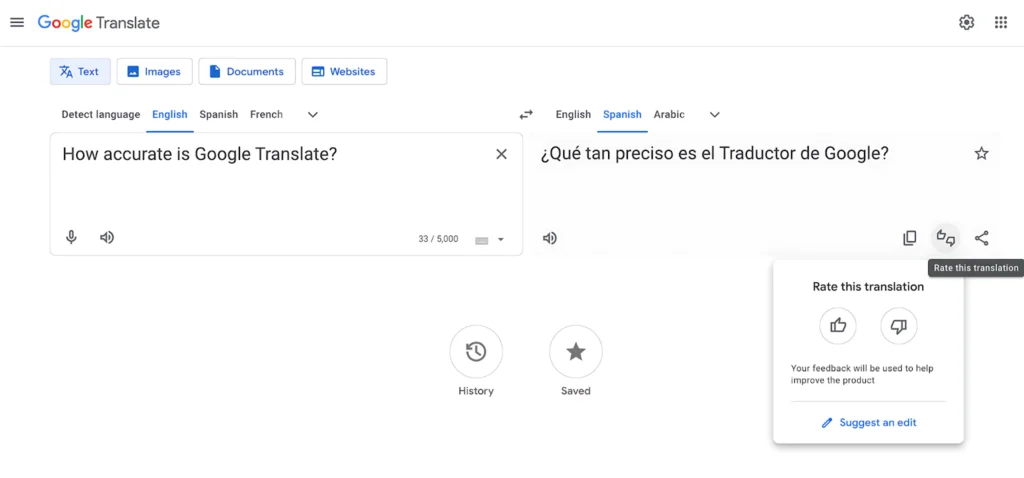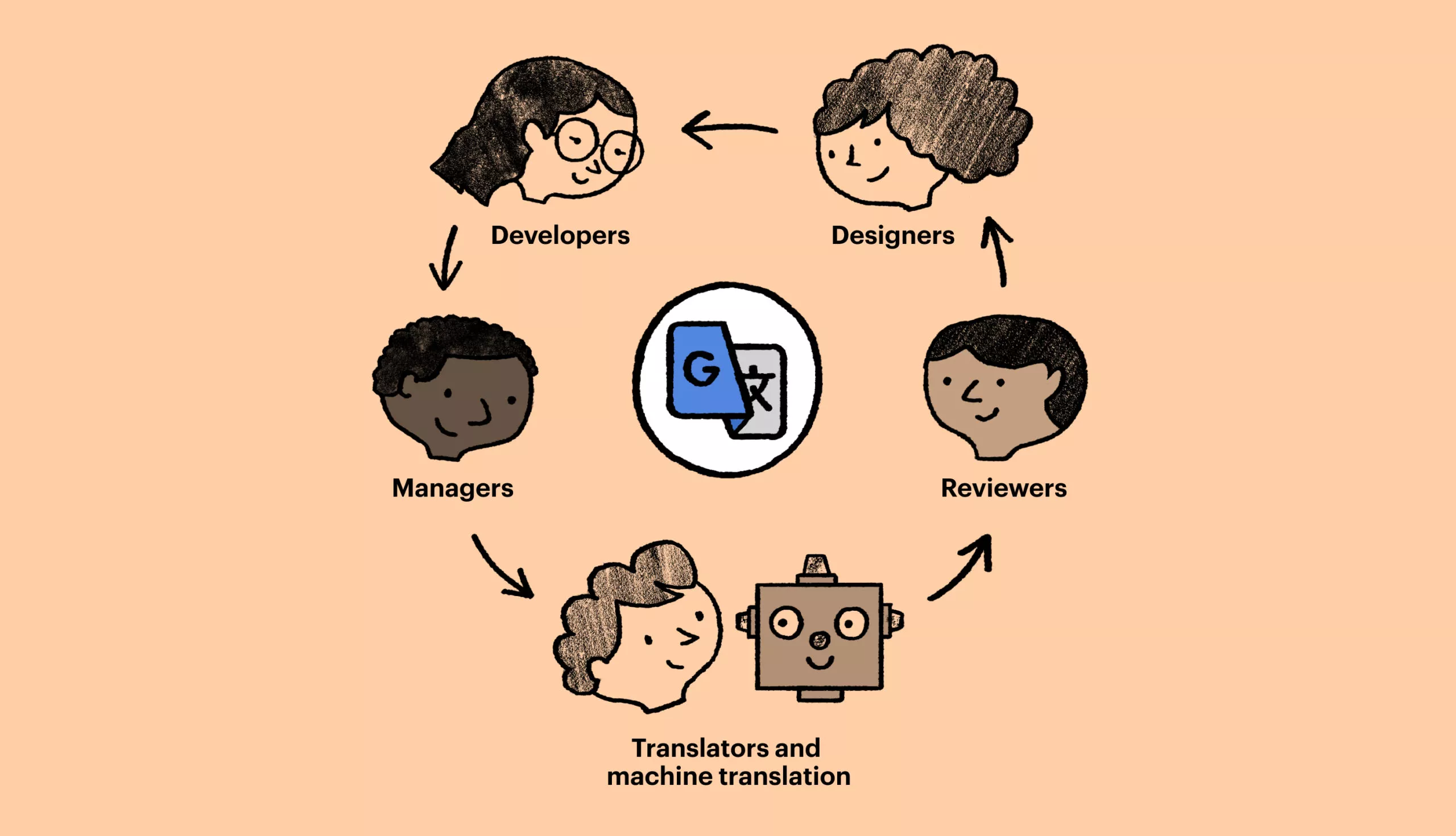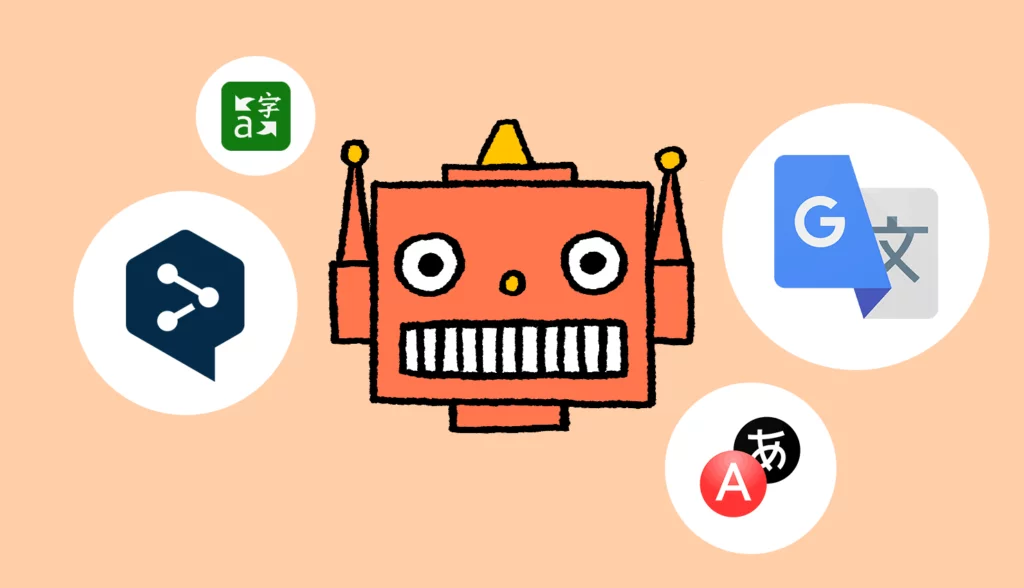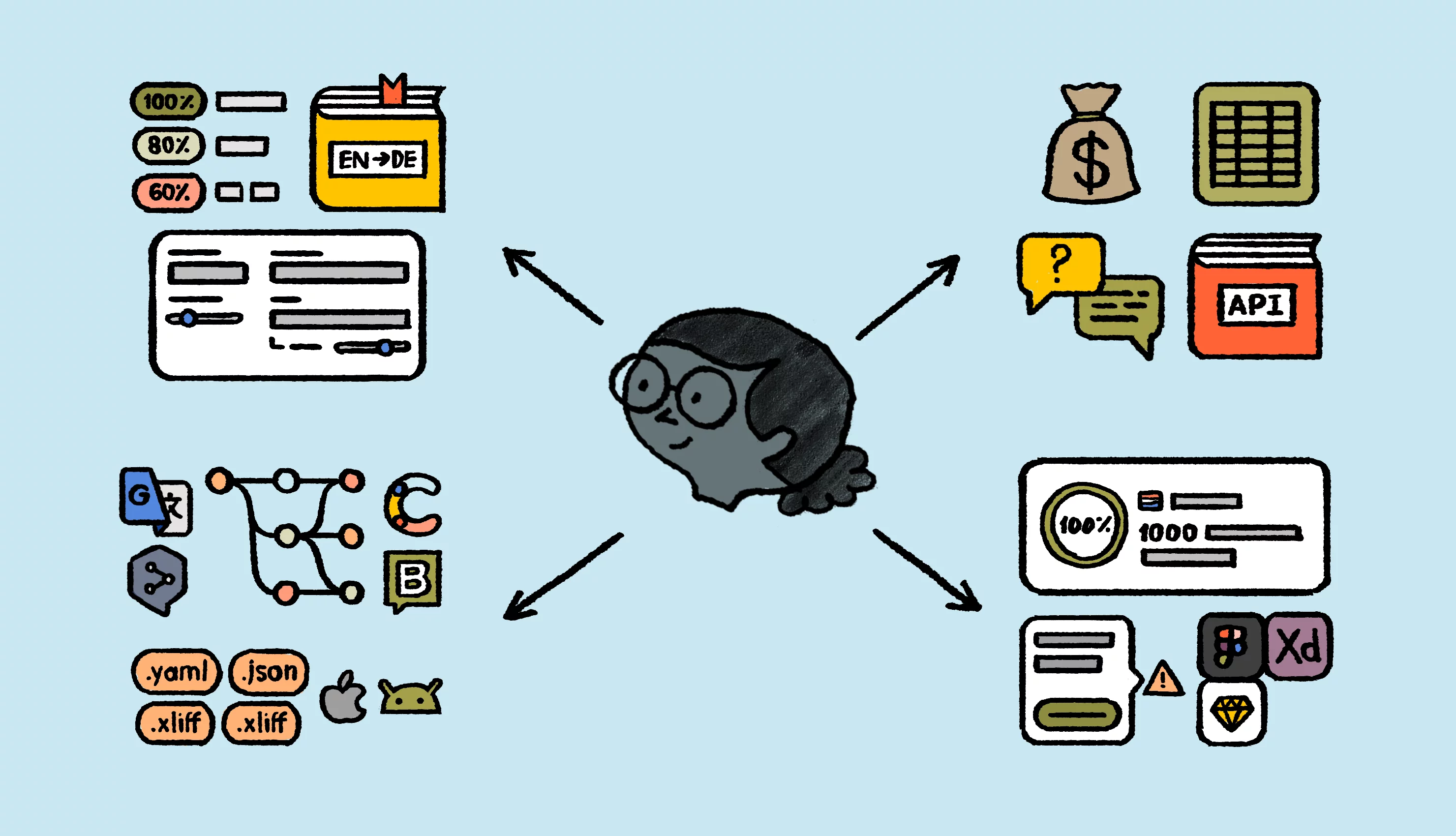How many times have you used Google Translate and then wondered how accurate the translation is? Unless you know both the source language and the target one, it’s really hard to tell.
Neural machine translation engines like Google Translate have improved a lot over the years. They are not perfect, but they can help you translate content much faster.
Let’s take a closer look at how accurate Google Translate is, and whether you can trust it without involving human translators.
📚Bonus content
Read the entire article to learn when using Google Translate makes sense, how it compares to other machine translation tools when it comes to accuracy, and more.
How accurate is Google Translate?
In some cases, Google Translate is 94% accurate. It’s one of the best online translation tools, but ChatGPT and other AI translation tools could soon steal its crown.
In a study carried out in part by the UCLA Medical Center, they found that “overall, Google Translate accurately conveyed the meaning of 330/400 (82.5%) instructions examined but the accuracy varied by language from 55 to 94%.”
Here are the accuracy numbers for the following target languages using English source content:
| Spanish | 94% accurate |
| Korean | 82.5% accurate |
| Mandarin Chinese | 81.7% accurate |
| Farsi | 67.5% accurate |
| Armenian | 55% accurate |
As you can see, there’s quite an accuracy range for different target languages. Because Google Translate supports so many languages, its accuracy depends on language pairs.
Another study showed that Google Translate’s translation accuracy is usually good when talking about European language pairs. However, with the exception of Japanese, translation accuracy involving Asian languages is “often relatively poor.”
You may be wondering – why is that the case? How come Spanish to English accuracy (and vice versa) remains so high?
Spanish to English accuracy on Google Translate
Translating from English to Spanish has a very high accuracy rate because it’s a frequently used language pair. The Google Translate accuracy rate for English<>Spanish is generally over 90%.
The accuracy of Google Translate depends on how much data is available for the target language. Spanish is one of the most widely spoken languages in the world, with over 500 million speakers. This means there’s a vast amount of bilingual data (e.g., texts, websites) available for training Google Translate’s models.
Additionally, Spanish has a large community of users who suggest corrections and improvements. This helps to refine the accuracy of translations over time.

When it’s safe to rely on Google Translate for accuracy
Machine translated content has a place and time. Your brand can’t do without human translators but MT can help out. Here’s how you can decide if the level of accuracy provided by Google Translate is sufficient. Your translation needs will likely fall into one of the three buckets.
1. Low visibility + low importance → Machine translation
Content like internal documentation, customer support articles, and FAQs don’t require perfect style and consistency. They need to be effective, meaning your customer can access the necessary information to solve their problem.
For most content of low visibility and importance, Google Translate will likely be sufficient to get the job done. There’s not much that can get lost in translation if the information is highly instructional and straightforward.
2. High visibility + high importance → Human translation
Can LLMs translate text accurately when dealing with more creative content? It’s a fair question.
For high visibility/high priority content like website copy, marketing or advertising copy, and sales collateral, you’ll want to be sure that your company’s distinct style and voice comes across just right. Marketing localization is an exercise in technique and creativity for translators. Writers have to cram the intended message (the essence of the text) into a few words, and those words have to be just as impactful for the target audience as they are in the source text.
❗Important note
Don’t fall into a trap of thinking that short texts need less time to be translated. “It’s only a couple of words.” Sure, but that couple of words can make or break a promotional campaign if not translated properly.
3. All other content → Machine translation + human translation / post-editing
For (most of) your other content, the key is to balance your budget, technical capabilities, and quality standards. Ask yourself:
- Do we have a low pass score for language quality to meet the company’s standards?
- Are we primarily translating simple text such as buttons or other product UI needs?
If so, you can use Google Translate and in-house resources for QA and post-editing. Make sure you test everything before launching translated content, and gather feedback from internal stakeholders.
Google Translate accuracy vs other MT tools
DeepL vs Google Translate
DeepL and Google Translate are the most popular generic machine translation (MT) engines on the market. DeepL is currently available in 29 languages, while GT is available in over 130.
Research from Intento shows that Google and DeepL rank highest (out of 18 generic engines) for more or less all language pairs, with Google taking the lead:

How do these providers perform when it comes to some of the most common language pairs? We found a study done by DeepL looking at the following language pairs:
- English → German
- German → English
- English → French
- French → English
- English → Spanish
- Spanish → English
The accuracy of Google Translate is much better than both Amazon and Microsoft. However, DeepL seems to lead in the above language pairs. Of course, we’re aware that a study not conducted by a third party can lead to bias.
We cross-referenced these results with the Intento report and found that DeepL ranked higher for German, French, and Spanish translations, while GT was better for Arabic, Korean, Brazilian Portuguese, and Mandarin Chinese.
Importance of context for translation accuracy
While DeepL and GT are clever enough to analyze the context in which a word is used and adjust the translation result accordingly, they sometimes fail to accurately translate isolated terms.
For example, check out this hilarious result of a French → English translation using DeepL and GT:
| Input word | DeepL | Google Translate |
| eau de toilette | Toilet water | Cologne |
DeepL failed to accurately translate ‘eau de toilette’ because it lacked context. Is it expected to describe a perfume or a plumber’s guide on fitting a toilet?
When looking at the accuracy of Google Translate vs. DeepL we can see that DeepL leads in certain language pairs such as German, French, and Spanish, while Google Translate performs better for Arabic, Korean, Brazilian Portuguese, and Mandarin Chinese.
However, both engines may struggle with isolated terms so it’s worth getting a human to double check the output.
📚Further reading: Looking for a deep dive? Discover if Google Translate is as accurate as DeepL.
ChatGPT vs Google Translate
Our customers have noted that ChatGPT does a better job of proofreading than translating. This is not surprising since ChatGPT wasn’t built for translation alone. It doesn’t support as many languages for translation either.
Google just added a total of 110 new languages whereas ChatGPT supports 85 languages.
ChatGPT, however, has more sophisticated language capabilities and can be trained to generate more accurate translations based on prompts.
While Google Translate is probably a better option if you want to hit the ground running, ChatGPT has the potential to deliver even more accurate results if you spend time refining your prompts.
🎥 Recommended watch
While you’re exploring how accurate Google Translation is, check out who won between Bard and ChatGPT in this translation head-to-head.
Lokalise AI vs Google Translate accuracy
Lokalise AI is another generative AI translation tool that helps teams translate large volumes of content quickly and accurately.
Unlike Google Translate, Lokalise AI is an integral part of the Lokalise TMS (translation management system), so you can better manage all your translation projects and connect to more modern tools (e.g. your CMS, design plugins, repositories).
You can feed Lokalise AI your style guide and glossary. Simply upload a word or PDF document and let the tool generate an AI summary.
You would then need to review it and make edits if necessary. After that, Lokalise AI does a great job at respecting your guidelines as it quickly translates your content.
Still skeptical? Here’s what Ella Brand, Staff Technical Project Manager at Lattice, and one of the very first beta users of Lokalise AI, had to say:
“When we reviewed translations provided by human translators, the results were a bit underwhelming. AI was able to better understand the context and the lingo of the industry. For me, a fantastic translator needs to have a good understanding of the HR space, and how software is coded. All of that together is kind of rare to find. And probably super expensive, to be honest.”
Final thoughts: Google Translate accuracy and the value of AI in translation
A human translator can boost output from roughly 2,000 words to 4,000–8,000 words per day if they embrace post-editing.
A huge increase in productivity is the reason for the increasing popularity of machine translation post-editing (MTPE). A significant number of Lokalise customers use Google Translate combined with translation memory for pre-translation, testing, and post-editing. The potential lack of accuracy is addressed with human reviews.
The reasons for using machine translation are obvious. You save both time and money, and reduce time-to-market. More specifically, you can:
- Reduce costs by 30–70%
- Achieve faster turnaround for high-volume translations
- Increase the number of supported languages
- Reach zero backlogs in the localization department
- Increase the share of raw MT projects vs. human translation or MTPE
As you can see, AI empowers you to scale content translation without breaking a sweat—or the bank. It’s never been easier to create on-brand customer experiences.
But don’t trust our word for it – see it for yourself.
Try Lokalise for 14 days free to get full access. We won’t ask you for your credit card info so it’s completely risk-free.
Or better yet–schedule a call for a personalized consultation to see if Lokalise might be a good fit for you. There’s nothing you can lose.





